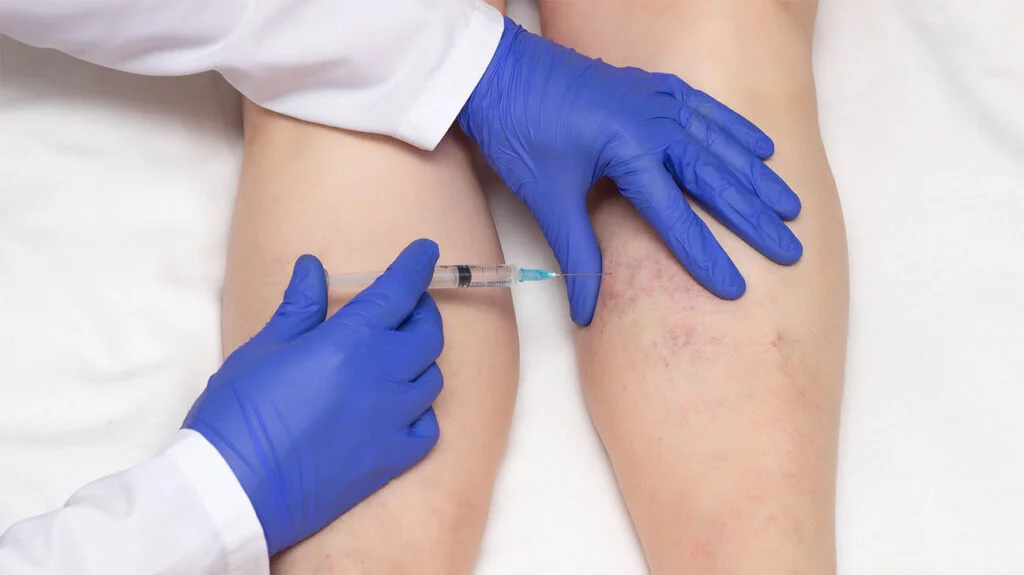Sclerotherapy has emerged as a cornerstone in the evolution of spider vein treatments, offering a reliable and minimally invasive solution for those plagued by these unsightly vascular issues. Over the decades, this procedure has undergone significant advancements, refining its effectiveness and safety while catering to the aesthetic desires of patients. Historically, the treatment of spider veins began with basic injections of hypertonic saline in the late 19th century. This rudimentary approach evolved as medical understanding deepened, leading to the development of sclerosing agents that could more effectively collapse and close off unwanted veins. Today, sclerotherapy typically involves injecting a sclerosing solution directly into the affected veins using very fine needles. These solutions vary but commonly include detergents or chemical irritants that induce controlled damage to the vein walls, prompting them to collapse, clot, and eventually be reabsorbed by the body. The evolution of sclerotherapy has been marked by advancements in both technique and technology. Modern procedures often utilize ultrasound guidance, allowing for precise targeting of deeper or less visible veins.

This technological enhancement has significantly improved the accuracy and outcomes of sclerotherapy, reducing the likelihood of complications and ensuring more thorough treatment of affected areas. One of the most notable developments in recent years is the introduction of foam sclerotherapy. This technique involves mixing the sclerosing agent with air or a gas to create foam, which has proven particularly effective for treating larger veins that may not respond as well to traditional liquid injections. The foam can displace blood within the vein, ensuring better contact between the sclerosing agent and the vein wall, thereby enhancing treatment outcomes. Moreover, the aesthetic demands of patients have driven the refinement of sclerotherapy techniques. Providers now emphasize not only the medical efficacy but also the cosmetic results of the procedure. This dual focus has led to the development of protocols that optimize both the disappearance of visible veins and the prevention of recurrence, resulting in higher patient satisfaction rates.
In addition to its effectiveness, sclerotherapy offers several advantages over alternative treatments such as laser therapy. It is generally less expensive, requires minimal downtime, and is well tolerated by most patients. Unlike surgical options, which may involve incisions and longer recovery periods, sclerotherapy can often be performed as an outpatient procedure, allowing patients to resume normal activities shortly after treatment and read more here. As with any medical procedure, sclerotherapy does carry some risks, including allergic reactions to the sclerosing agent, temporary bruising, or skin discoloration at the injection sites. However, these risks are typically minor and transient compared to the potential benefits of reducing or eliminating spider veins. Looking forward, research continues to explore ways to enhance sclerotherapy further. This includes investigating new sclerosing agents with potentially fewer side effects or exploring combinations of treatments to address complex vein patterns more effectively. Additionally, ongoing refinements in injection techniques and equipment aim to make the procedure even more precise and comfortable for patients.
